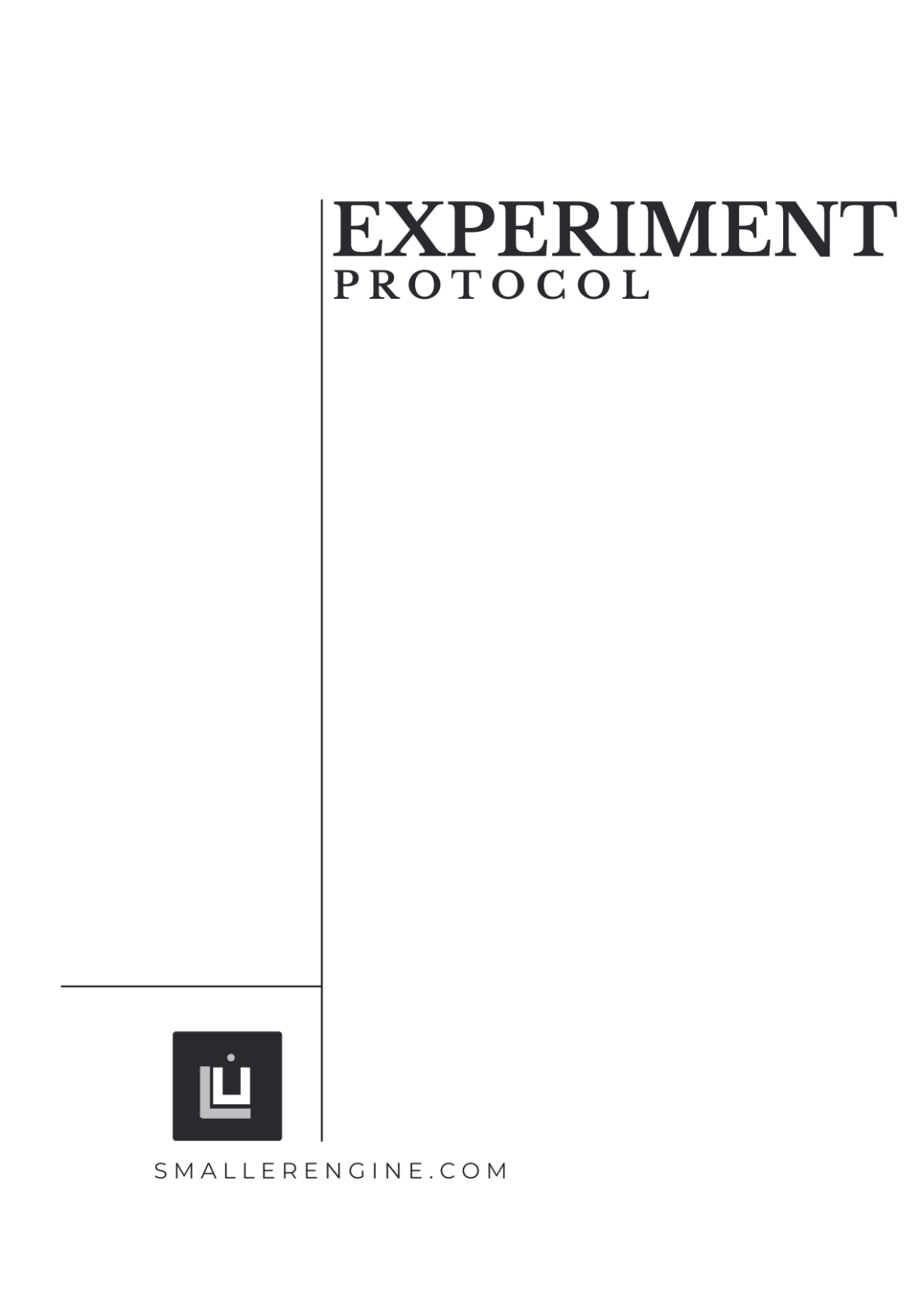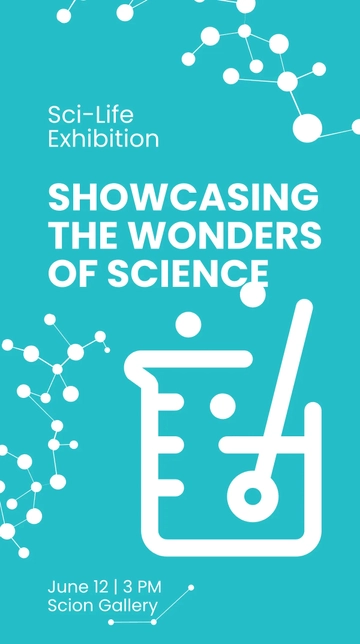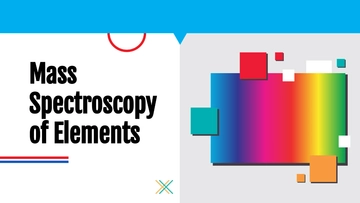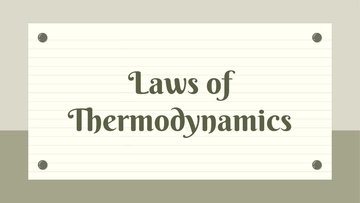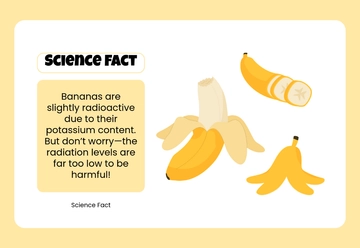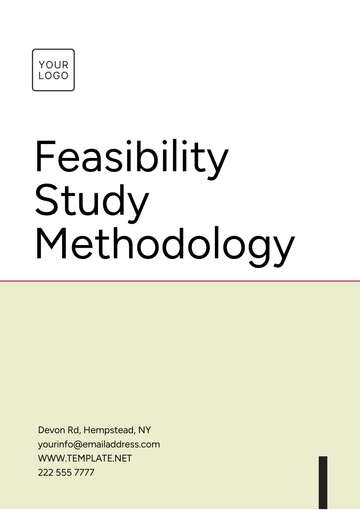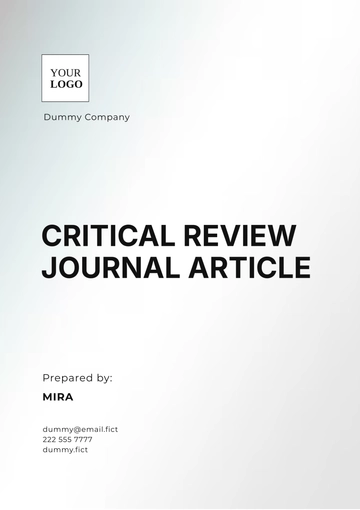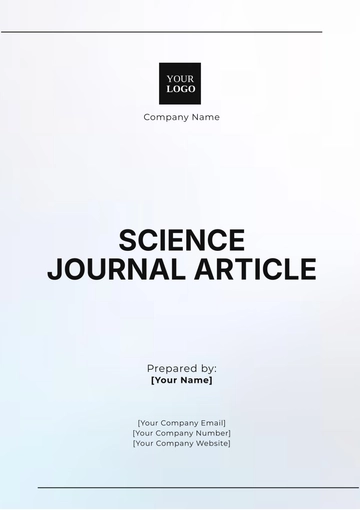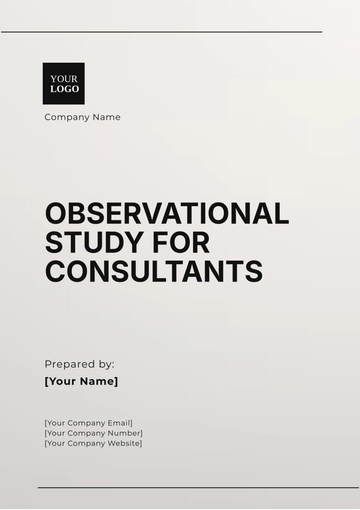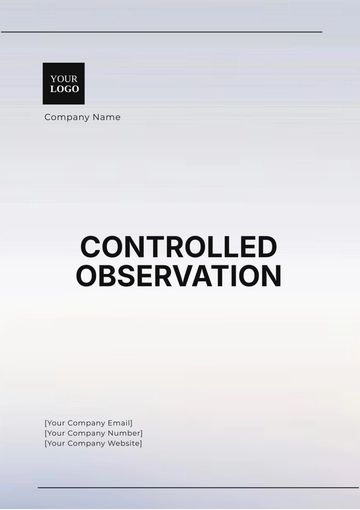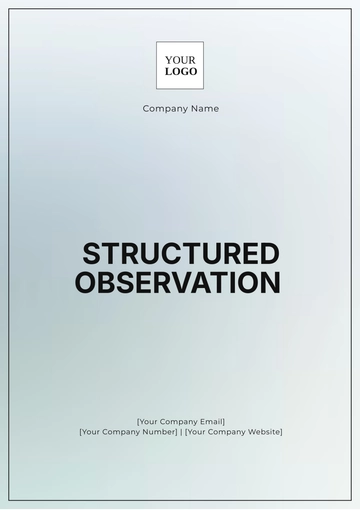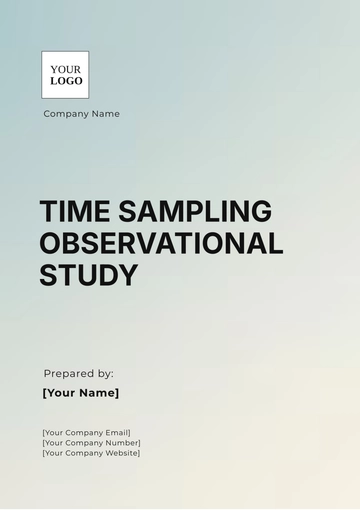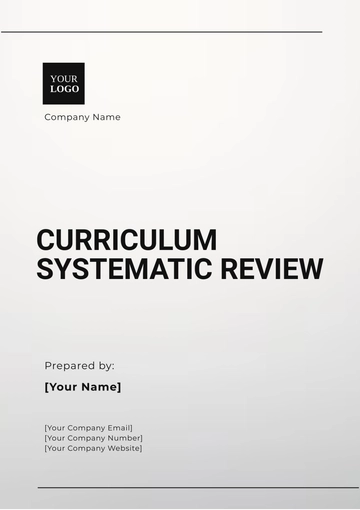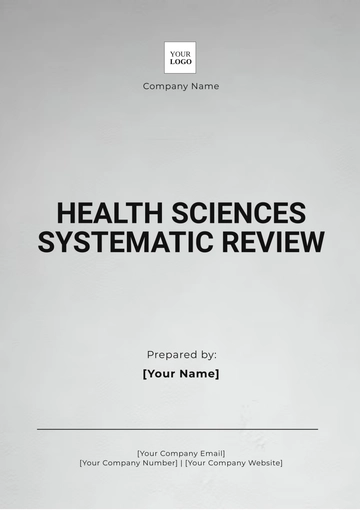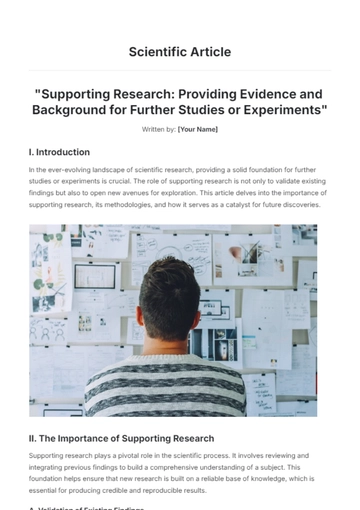EXPERIMENT PROTOCOL
This protocol was diligently prepared by [Your Name] at [YOUR DEPARTMENT], a part of [Your Company Name] on the date [DATE].
I. Objectives
The overarching aim of the Virtual Reality Simulation Study is primarily to evaluate the effectiveness of virtual reality training in surgical education and assess its impact on surgical skill acquisition. The importance of these objectives lies in their potential to impact medical education and training. Gaining insight into these objectives will bring notable enhancements in improving the efficiency and effectiveness of surgical training programs.
Moreover, another motive for this experiment is to investigate the correlation between virtual reality simulation performance and real-world surgical outcomes. Understanding this correlation would not only align with the core mission of MedTech Innovations Inc. but also pave the way for further research in this field.
II. Protocol Overview
This protocol has been designed to explain what the experiment is about or its purpose briefly. It could include information about the subject of study, the hypothesis being tested, or the problem being addressed. The fundamental steps of this process involve:
Step 1: This placeholder should be replaced with a description of the first key step in the experiment. This could include actions such as preparing materials, setting up equipment, or conducting initial observations.
Step 2: Similar to Step 1, this placeholder should be replaced with a description of the second key step in the experiment.
Step 3: Again, similar to Step 1 and Step 2, this placeholder should be replaced with a description of the third key step in the experiment.
This should describe what you hope to achieve or discover as a result of experimenting. It could include findings, data, insights, or conclusions that align with the experiment's objectives.
III. Procedure
When one is about to commence with the Virtual Reality Simulation Study, they are required to adhere to and follow a specific sequence of procedures. This process, which has been designed to provide clear guidance and ensure optimal results, is made up of the following steps:
Set up the VR equipment and calibrate it according to manufacturer guidelines.
Brief participants on study objectives and obtain informed consent.
Fit participants with VR headsets and provide instructions on navigation.
Remind participants of safety precautions and potential discomfort.
Ensure all equipment is in working order and participants are comfortable.
Conduct tasks within the VR simulation while monitoring participant responses.
Debrief participants after completing tasks and address any questions.
Provide follow-up information or support as needed.
Remain vigilant for technical issues or participant discomfort.
Collect data meticulously for later analysis.
IV. Data Collection
Data collected during this experiment will be formatted and organized in Excel Spreadsheet. All data must be properly labeled, timestamped, and stored in a secure location to maintain integrity and ensure traceability throughout the experiment.
Additionally, regular backups should be performed to prevent data loss.
It is crucial to document any modifications or updates made to the data, along with the rationale behind these changes, to maintain a clear audit trail. Data should only be accessed and modified by authorized personnel following established protocols to maintain data confidentiality and accuracy.
All necessary information, observations, and any deviations from expected results should be properly noted and documented. This will be critical for the analysis and final interpretation of the experiment results.
V. Safety Considerations
V.I Safety Precautions:
Wear appropriate personal protective equipment (PPE) including lab coats, safety goggles, and gloves.
Familiarize yourself with Material Safety Data Sheets (MSDS) for all chemicals used and adhere to handling and disposal procedures.
Utilize spill kits and follow established protocols for cleanup in case of spills or accidents.
Maintain a clean and organized workspace to minimize the risk of trips and falls.
Regularly inspect equipment for damage or malfunction and refrain from use if issues are identified.
V.II Emergency Procedures:
Designate a safety officer responsible for overseeing emergency protocols.
Ensure all team members are aware of evacuation routes and assembly points.
Familiarize yourself with the operation of safety equipment such as eyewash stations and emergency showers.
Keep emergency contact information readily available.
Maintain a communication system to promptly notify relevant personnel in case of emergencies.
VI. Expected Results
Upon completion of the Virtual Reality Simulation Study, it is anticipated to obtain results that indicate a significant improvement in spatial cognition and task performance among participants exposed to the experimental VR environment compared to those in the control group.
However, due to the nature of the study involving human perception and cognition, there are possibilities of variability in individual responses and performance metrics. Factors such as prior experience with virtual reality, cognitive abilities, and individual differences in spatial reasoning may contribute to deviations from the expected results. Additionally, technical issues or limitations within the virtual environment could impact participant engagement and performance.
Regardless of potential deviations, each data point and observation will yield valuable scientific insights into the effectiveness of virtual reality simulations for enhancing spatial cognition and task performance, informing future research directions and practical applications in fields such as education, training, and rehabilitation.
VII. Conclusion
In conclusion, the Virtual Reality Simulation Study presents a meticulously designed protocol aimed at evaluating the efficacy of virtual reality training in surgical education. With a focus on assessing its impact on surgical skill acquisition and investigating the correlation between simulation performance and real-world outcomes, this study holds promise for advancing medical education and training paradigms. By adhering to rigorous procedures outlined in the protocol, including meticulous data collection and safety considerations, we anticipate generating valuable insights into the effectiveness of virtual reality simulations. Despite potential variability in individual responses and technical challenges, the study remains poised to contribute meaningful findings that will inform future research and practical applications in surgical training and beyond.
Protocol Templates @ Template.net
